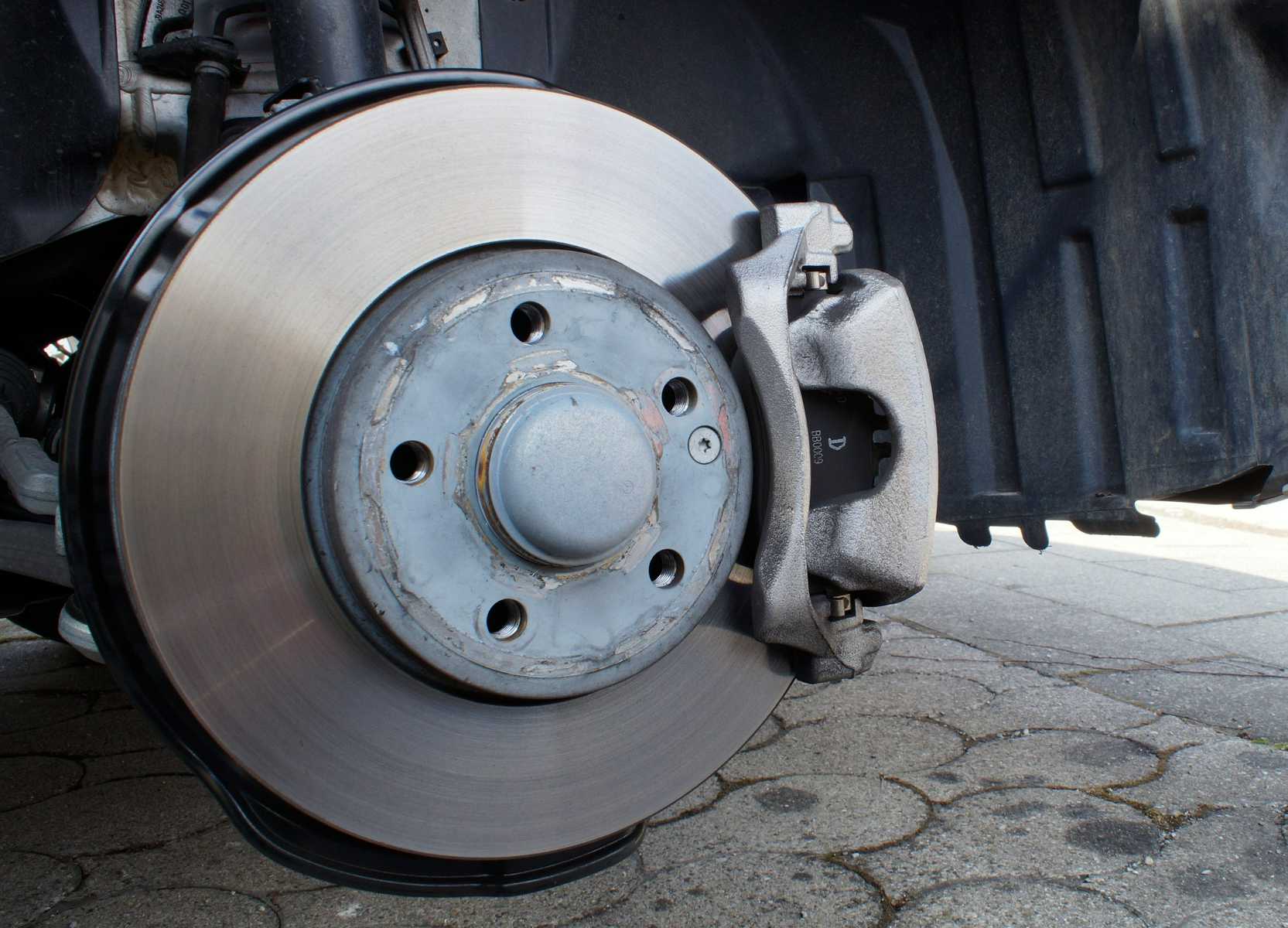Of all the components contained within an automobile, perhaps none is more important than the brakes. After all, if you can’t stop your vehicle in a controlled manner, lives will be put at risk. As such, when getting new brake pads, you need to put quality above all else.
There are, in general, three types of brake pads on the market today. These include organic brake pads, semi-metallic brake pads, and ceramic brake pads. They all have their merits, but ceramic brakes are the best of the bunch.
Don’t know much about ceramic brakes? Interested in learning more? Then you’re in the right place!
Below, we’re going to tell you everything there is to know about ceramic brakes, from the benefits of ceramic brakes to the topic of ceramic vs metallic brake pads and more. Let’s go!
The Benefits of Ceramic Brakes
Ceramic brakes come with a variety of benefits that you can’t find in other types of brakes. These benefits include the following.
Extremely Quiet
One of the first things you’ll notice about ceramic brakes is how quiet they are. While all brake pads are relatively quiet, these brake pads are essentially silent. Pair them with a calm and smooth ride, and you’ll obtain one of the most pleasant driving experiences imaginable.
Smooth Operation
When stopping with ceramic brake pads, you’ll feel very little in the ways of grinding or vibration. You’ll almost float to a stop. This is because ceramic brake pads provide a much smoother operation than semi-metallic brake pads.
Produces Very Little Dust
A problem you’ll encounter with semi-metal brake pads is that, when used, they leave a decent amount of dust behind. This dust not only floats into the air but it’s also left on the tires, causing them to look dirty and worn.
Ceramic brakes, on the other hand, leave very little dust behind. Their construction ensures that they deteriorate much slower than do semi-metallic brakes, meaning that only trace amounts of dust are left behind when the brakes are applied.
Durability
When you buy brake pads, you want something that’s going to last for quite a while. You don’t want to have to replace your brake pads within the next 2 or 3 years.
If you choose semi-metallic brake pads, this is something that you might have to do. If you choose ceramic brake pads, on the other hand, it’s highly unlikely that you’ll be changing them anytime within the next 5 years.
See, semi-metallic brake pads tend to last for around 50,000 miles of driving. Ceramic brake pads, conversely, tend to last for around 70,000 miles of driving. Those extra 20,000 miles could add anywhere from 2 to 4 years of additional brake lifespan, depending on how much you use your vehicle.
Play Nice With Other Braking and Wheel Components
The final benefit of ceramic brake pads is that they play nice with the other braking and wheel components existing in the vehicle. This isn’t always true of semi-metallic brakes, which put a great deal of stress on the brake rotors and wheel axels and cause them to wear out before their time.
So, if you want to preserve your vehicle components for as long as possible, ceramic brake pads are the ideal option.
The Downsides of Ceramic Brake Pads
Ceramic brake pads thrive in several areas. However, they have their downsides too, and they include the following.
Expensive
Of the 3 types of brake pads existing on the market today, ceramic brake pads are easily the most expensive. That said, they aren’t necessarily the least cost-effective. Because they last longer than the other two types of brake pads, they have the potential to provide greater value over time.
In this sense, they might be a good investment. You’ll pay more for them upfront, but they’ll pay themselves off over the years.
Not as Effective in Extremely Cold Weather
If you’re in an area with bitterly cold winters, ceramic brake pads might not be for you. This is because they don’t possess the sharp traction possessed by semi-metallic brake pads. This sharp traction is needed for optimal brake control in extremely cold temperatures.
Not Designed for Race Cars and Other High-octane Vehicles
Another potential downside of ceramic brake pads is that they don’t excel in race cars and other high-octane vehicles. Again, this is because they don’t possess the sharp traction of semi-metallic brake pads. As such, they take a little longer to slow down and aren’t as capable of quickly reducing high speeds.
Can Cause Braking System to Heat Up
The last downside of ceramic brake pads is that they can cause the braking system to heat up. This is because, unlike semi-metallic brake pads, they don’t absorb heat well.
If a braking system is heating up regularly, its durability can become compromised. As such, if you do use ceramic brake pads in your vehicle, you’re advised to drive cooly and calmy. Doing so will help to maintain the temperature of your braking system, thus optimizing its lifespan.
Ceramic Brakes Will Preserve Your Wheels
Ceramic brakes offer up all sorts of benefits. Not only are they quieter and more durable, but they also put less wear and tear on the vehicle’s wheels. This allows for less vehicle repair and fewer vehicle maintenance needs.
Have your wheels (and your tires, in particular) reached the end of their rope? Need a professional to assess them? If so, you should use Treads, a tire purchasing and maintenance app that allows you to browse new tires and hail tire replacement technicians from anywhere.
With this app, you’ll be able to constantly stay on top of the condition of your tires, ensuring the safest and most functional ride possible. Learn more about it now!





